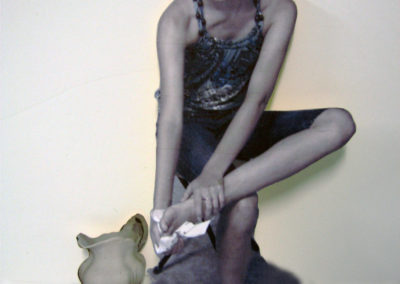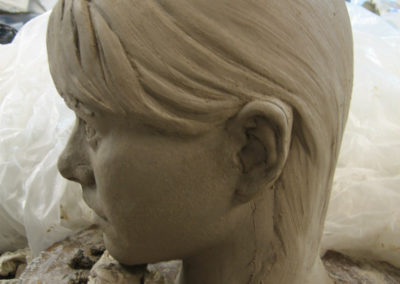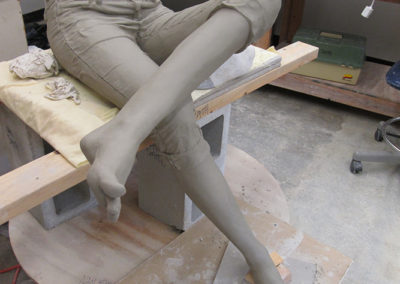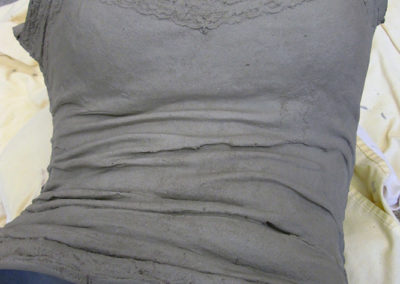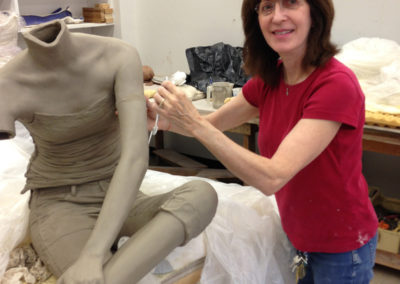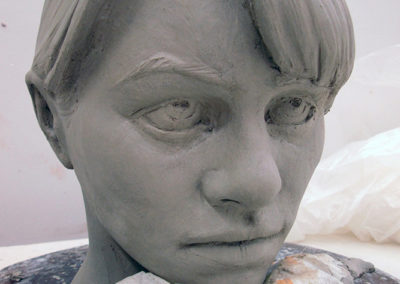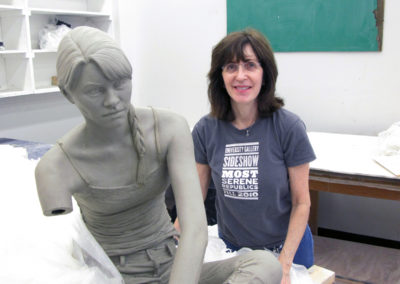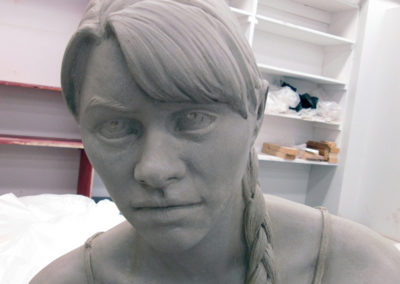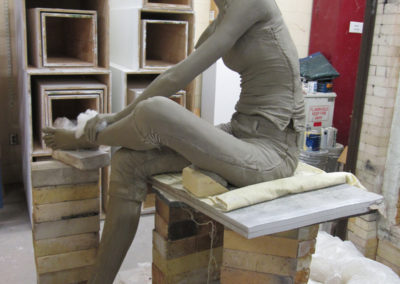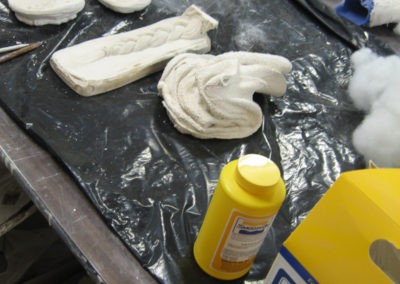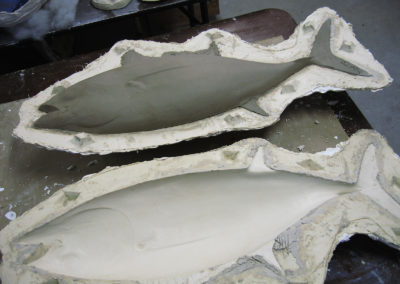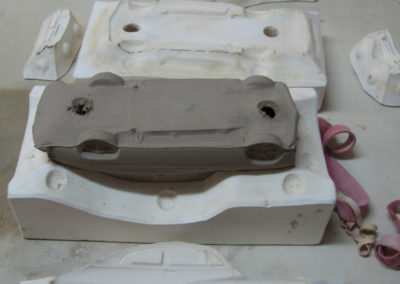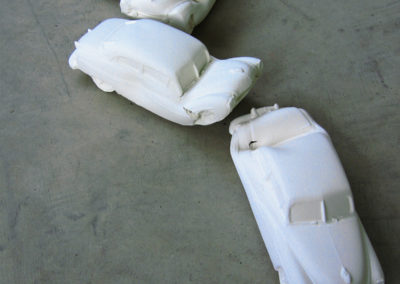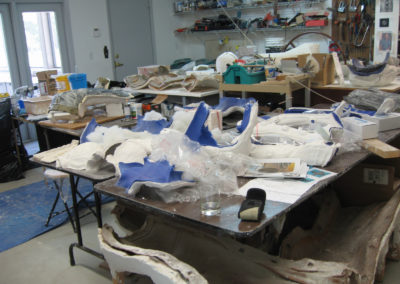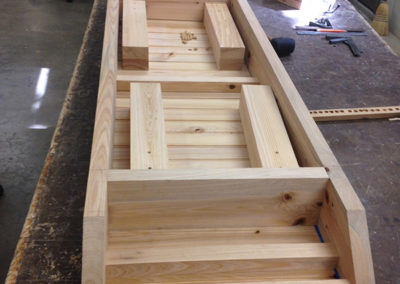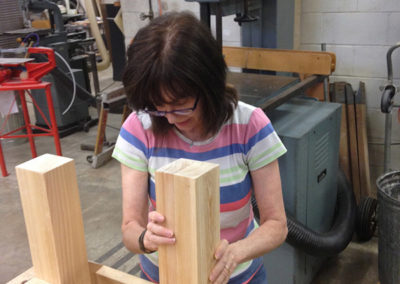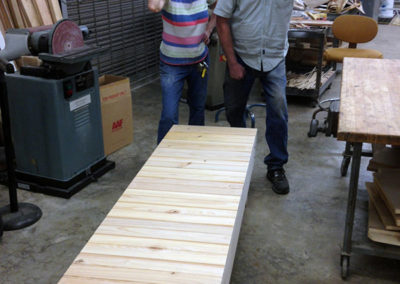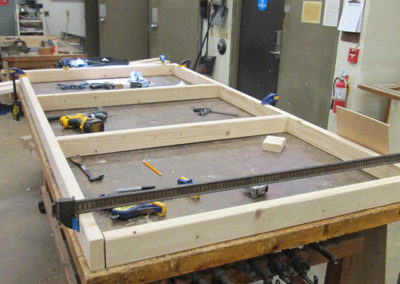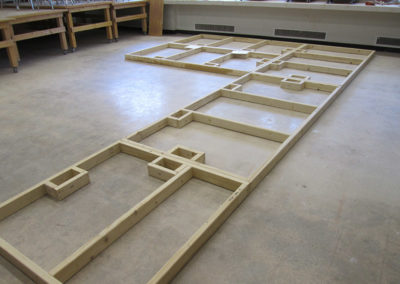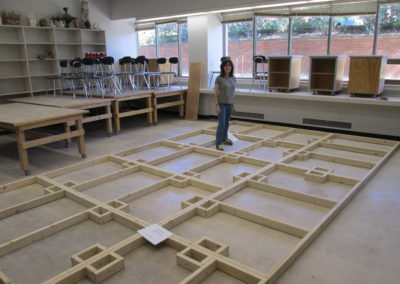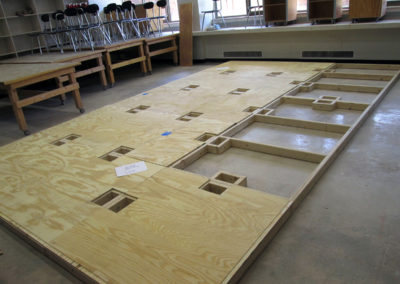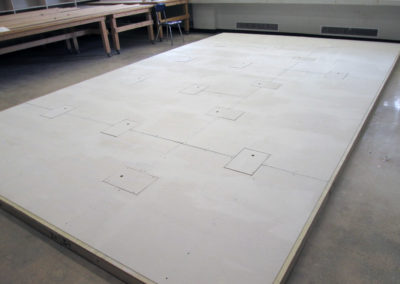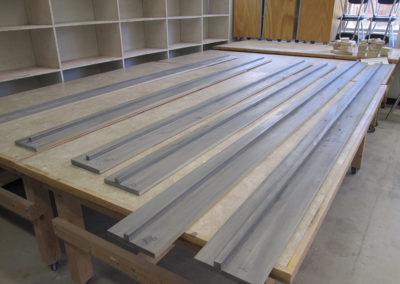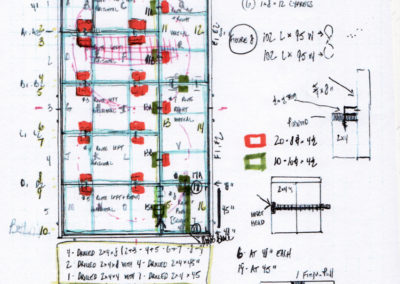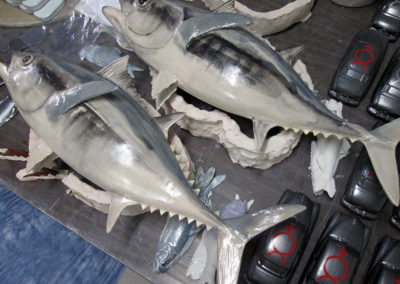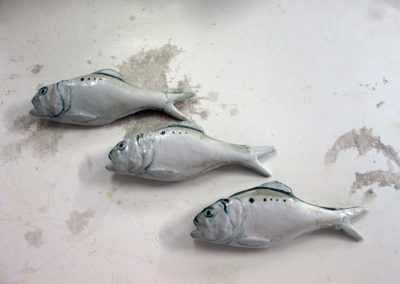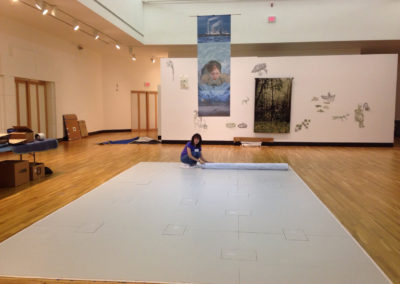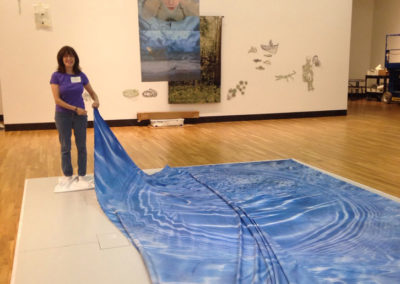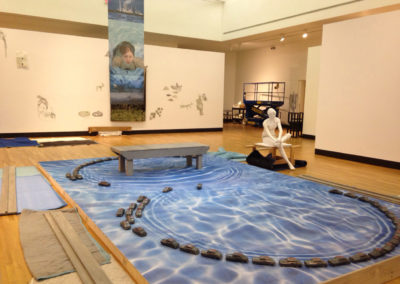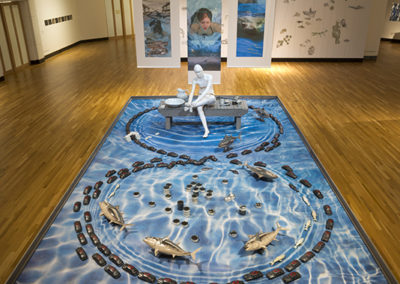
“The health of our land, water, and air is inextricably linked to the food we eat and to our own health. Mercury Art + Science features the research of mercury deposition and bio-magnification gathered during the development of the Mercury installation.” Nan Smith
My visual art practice involves research strategies often used by researchers in other disciplines including: interviews, site visits, review of past research, gathering data, studying current literature on-line and in books. I am including a sample of the research completed to inform the Mercury installation. This research method is an example of my creative practice used in developing a project. The information I gather offers me insights that spur visual imagery, not through illustration or known symbols but as created metaphors and poetic visualizations.
My inquiry began with the following research questions:
Methylmercury - What is it?
How does it get into the environment?
What scientists have to say ... scientific research, emissions and impacts?
- Mercury scientists in support of the MATS – Scientists’ Letter to President Obama
- “Air Above Dead Sea Contains Very High Levels of Oxidized Mercury”
- Interview Notes from meetings with Israeli Scientists supporting the art work “Mercury”; an installation conveying science through art
- America’s Leading Mercury Scientists Call for Strong Air Pollution Standards
Methylmercury in Seafood; Which fish are impacted?
The Government - Are we Protected?
- “EPA Issues First National Standards for Mercury Pollution from Power Plants/ Historic ‘mercury and air toxics standards’ meet 20-year old requirement to cut dangerous smokestack emissions”
- “A Huge and Long Overdue Win for Public Health”
- “New Mercury and Air Toxics Standards Will Protect Children and Save Lives”
- “The Mercury Rule Will Save Even More Money Than The EPA Thought”
Tests were done for prints on fabric. Glazes were tested. The installation’s platform was designed to be sectional and disassemble.
Studio Process Images
The Mercury installation was supported by a generous research award from the University of Florida’s Scholarship Enhancement Fund. Special thanks to the scientists who offered their time and research information to me in support of this project; especially Dr. Andrew Kane, Director Aquatic Pathology Laboratory at the University of Florida, and Dr. Arik Diamant, National Center for Mariculture, Israel. I also wish to thank the scientists who allowed me to interview them: Dr. Daniel Obrist, Desert Research Institute, Reno, Nevada, Dr. Barak Herut, Director, Dr. Nurit Kress, and Dr. Efrat Shoham-Frider, Mercury Scientists, Israel Oceanographic and Limnological Research LTD., Hafia, Israel, Dr. Muki Speigel, Dr. Bill Koven and Dr. Amos Tandler, who work on the domestication of bluefin tuna, National Center for Mariculture, Eilat, Israel, Dr. Tamar Zohary, Director of the Kinneret Limnological Laboratory, Migdal, Israel which monitors and studies water cleansing in Lake Kinneret. A personal thank you to – Brian Skerry, National Geographic Underwater Photographer for his support, interest and photographic collaboration. Big thanks to my colleague Stan Kaye, Lighting Designer, Department of Theater, who worked with me to develop the integrated light and underwater effects within the installation. My gratitude and thanks to Alan Saperstein for his interest in the project and for his video “Mercury Flow”. Special thanks to Allen Cheuvront for his critique of my photographs and for supporting my evolution as a photographer.
